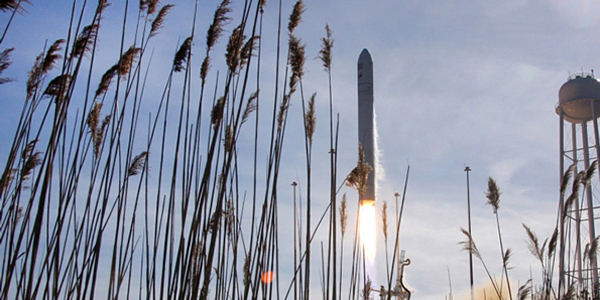biology

Urbanization: Good for Pests, Bad for Trees
Cretaceous Cold Case No. 5: When Evidence Dries Up
Carnivore Mystery: Why Fishers Thrive in East, Not West

What’s the Best Way to Wash Microbes off Your Produce?
How a Protein “Cancer Cop” Targets UV Damage in DNA
Small Number of Genes Have Big Impact on Fish Egg Quality
Where Credit Is Due: How Acknowledging Expertise Can Help Conservation Efforts
What’s Eating You?
Lignin Breakthroughs Serve as GPS for Plant Research
Caught on Camera: Tree-Dwelling Orangutans on Ground
A Wealth of Wildlife, Right in the Backyard
A Radical Approach to Defense
